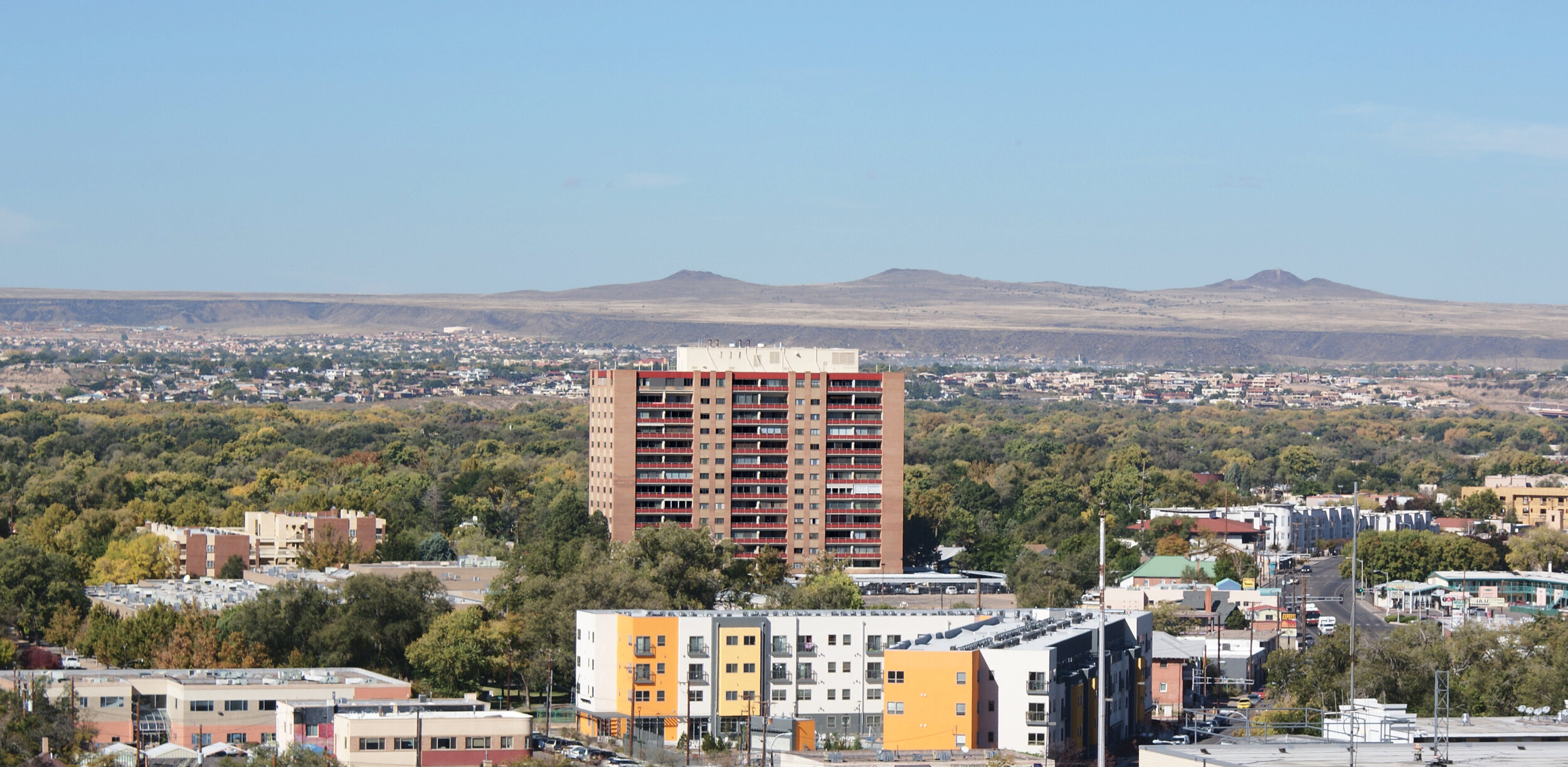Albuquerque Modernism is a public history project created by students in the fall 2015 seminar of the same name at the University of New Mexico School of Architecture and Planning. We began with a simple premise: Albuquerque, the largest city in New Mexico, must be understood as a fundamentally modernist city. With a population of just over 15,000 in 1920, by 1960 Albuquerque had grown to over 200,000 residents, a boom fueled by several of the signal innovations of the mid-twentieth century, including the atomic bomb, the automobile, and the merchant-built suburban home. Mid-century technological innovations, social and political transformations, and economic conditions created a dramatically new built environment in Albuquerque, one visible in both the city’s tremendous growth in area and in the new kinds of buildings that populated a place at the literal and figurative intersection of the Manhattan Project and Route 66.
It is these places and spaces that form the subject of Albuquerque Modernism, which takes up twenty-six key sites in the emergence and transformation of modern architecture and planning in the city. While the buildings, landscapes, and plans described in the site’s case studies are by no means the only examples of modernism in Albuquerque, they provide a representative sample of the building types, locations, designers, and forms that characterized the modern movement in the metropolitan area. They offer a telling picture of modernism’s rise and fall, from the arrival of the International Style in the 1930s to the fracturing of modernism’s promise by the late 1960s. They suggest the directions that modernism took as both a language of the vernacular landscape and in the iconic structures that were meant to signal Albuquerque’s arrival as a national city. They portray modernism’s interface with regional architectural traditions, its resistance to them, and attempts to interpret them. They suggest how modernism was not only a formal movement but also a social and cultural one, which wrought profound changes in Albuquerque’s landscape.
The case studies on Albuquerque Modernism tell a story of modernism in one local context but also speak to its interaction with and impact on society more broadly. Through archival research, observation, and collaboration, the project’s creators have crafted a portrait that ranges in scale from the individual home to entire housing developments and in location from the city’s downtown center to the new suburban centers that undermined it. The designers of these sites include both the nationally known and the relatively unknown. All left their mark in ways still traceable in the city’s built environment.
Header image: Simms Building, Albuquerque, New Mexico, 1955. Photograph by Julius Shulman. © J. Paul Getty Trust. Getty Research Institute, Los Angeles (2004.R.10).





